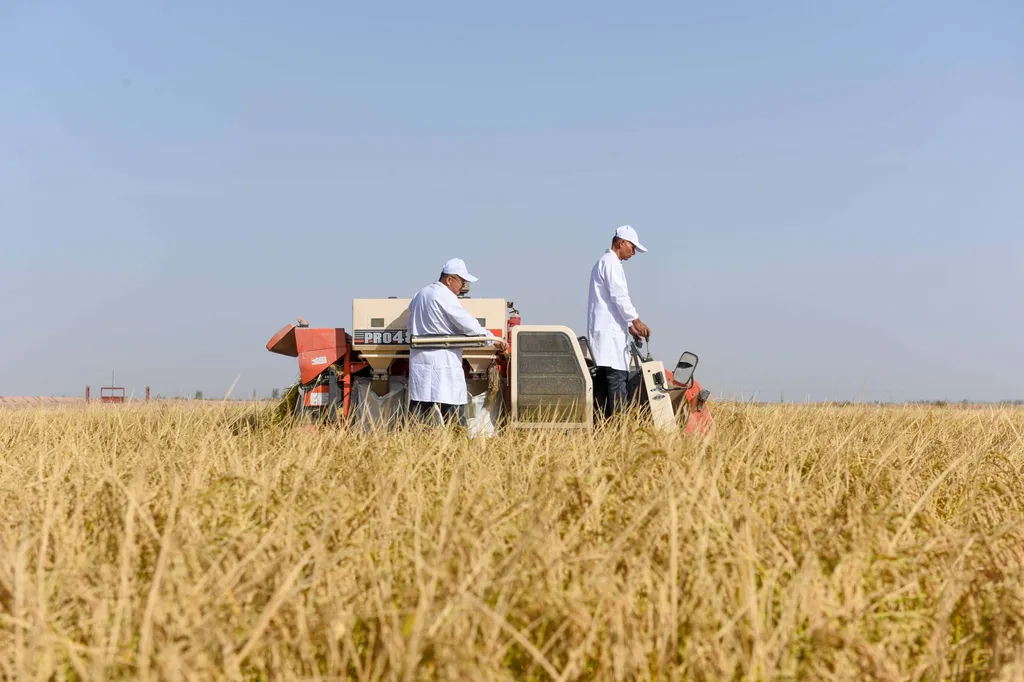In the vast, sun-scorched expanses of semi-arid regions, a silent crisis is unfolding beneath our feet. Soil salinization, a process where salt accumulates in the soil, is driving land degradation, threatening water resources, and squeezing agricultural productivity. Yet, the intricate dance between groundwater dynamics, soil salinity, and the myriad factors influencing this process remains shrouded in uncertainty. A recent study, published in *Ecological Indicators* (translated as *生态指标* in Chinese), aims to lift the veil on these complex interactions, offering crucial insights for sustainable land management.
Led by Yan Liu from the College of Geographic Sciences at Changchun Normal University and the State Key Laboratory of Black Soils Conservation and Utilization at the Chinese Academy of Sciences, the research team delved into the hydro-salinity dynamics of a typical semi-arid agricultural plain. Their findings, a mosaic of data from remote sensing, groundwater monitoring, and high-precision spatial modeling, paint a vivid picture of the forces at play.
The study revealed that groundwater dynamics, topography, vegetation cover, and climatic factors are key drivers of soil salinity distribution. “Groundwater depth negatively correlated with soil salinity, while groundwater mineralization showed a positive correlation,” explained Liu. This indicates that as groundwater levels drop, soil salinity increases, and as the mineral content of groundwater rises, so does the salt in the soil.
Capillary flux, the process where water moves upwards through the soil due to groundwater recharge and evaporation, emerged as the dominant mechanism underlying soil salinity accumulation. This process accounted for a substantial 48.65% of salinity variance in discharge zones, areas where groundwater flows out of the soil.
The research also highlighted the significant role of groundwater flow in shaping soil water-salinity gradients. Discharge zones, where groundwater emerges, exhibited the highest soil salinity, underscoring the critical influence of groundwater dynamics on soil health.
The implications of this research for sustainable land management are profound. By understanding the multiscale driving mechanisms of soil salinization, policymakers and farmers can make informed decisions to mitigate soil degradation and enhance ecological security. For the energy sector, this research could inform strategies for sustainable water use, a critical resource in energy production.
As we grapple with the intensifying challenges of climate change and environmental degradation, studies like this one provide a beacon of hope. They offer theoretical support and practical guidance for navigating the complex landscape of semi-arid regions, ensuring that our land remains productive and our ecosystems resilient.
In the words of Yan Liu, “Our findings offer a roadmap for sustainable land management in semi-arid regions, contributing to the mitigation of soil salinization and enhancement of ecological security.” This research not only advances our understanding of hydro-salinity dynamics but also paves the way for innovative solutions to some of our most pressing environmental challenges.

